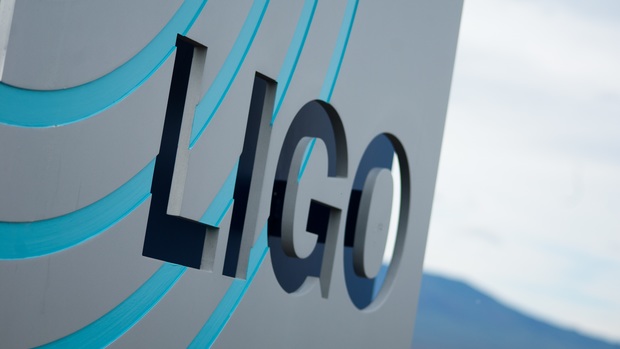
Advanced LIGO's First Observing Run Comes to an End
News Release • January 12, 2016
On January 12, 2016 at 8:00 a.m. Pacific standard time, the advanced LIGO detectors located in Hanford WA and Livingston LA completed their first and long-awaited “observing run”. Dubbed "O1", this full-on use of LIGO as a gravitational wave observatory was the first such application of LIGO's interferometers after undergoing a 5-year redesign and rebuild to greatly improve LIGO's ability to 'hear' gravitational waves. This first official use of the interferometers as a unified scientific instrument lasted 106 days. In that time, the Hanford and Livingston detectors logged nearly 1100 hours of tandem observation; times when both interferometers were simultaneously locked, thereby operating as the world's largest gravitational wave observatory.
LIGO will begin a second observing run ("O2") later in 2016 after engineers get a chance to examine the interferometers’ performance during O1, and to further understand the intricacies of this incredibly complex and sensitive machine. O2 will commence after the first of several planned enhancements to the interferometers (designed to increase its sensitivity yet again) are completed.
LIGO management thanks all of the observatory operators and technical staff who worked around the clock during O1 and especially over the holidays. Since Nature could throw a gravitational wave at Earth at any time day or night, searching for gravitational waves is a 24/7 endeavor.




